Peter Gleick: California’s Next One Million Acre-Feet of Water
This is a key time for California water: we are coming off of three years of serious drought and growing political conflict over water allocations. The Legislature passed a comprehensive water bill last November. A major water bond was proposed to fund a wide range of interventions, but has now been tabled for at least two years and could be greatly altered or even scrapped altogether. New reviews from around the state are calling for prompt efforts to use infrastructure, markets, and institutional reform to address the state’s water crisis. All parties agree that the state will need a diverse portfolio of solutions for our diverse and complex water problems.
But the argument that we must do everything at once — conservation, new dams, seawater desalination plants, replumbing the Delta, some of this or that — is disingenuous, and wrong. We must do the most critical and effective things first, from a technical, political, and economic perspective.
And the most effective thing, hands down, is improving water-use efficiency. The Pacific Institute has just released a new analysis that recommends a set of specific actions that can annually save a million acre-feet of water quickly and at a lower economic and ecological cost than developing new supplies. These water savings are split 30/70 between the urban and agricultural sectors.
A million acre-feet is a lot of water. A million acre-feet is nearly 12 times the city of San Francisco’s annual water use and 1.6 times LA’s annual water use. It is equivalent to the flow of 890 million gallons of water per day. It is enough water to irrigate all the grain produced in California annually. It is enough water to satisfy the household needs of 6.7 million new Californians (more than the growth that demographers predict will occur within the next 10 years). It would take 18 water desalination plants the size of the proposed Carlsbad plant (which would be the largest in the northern hemisphere) to produce a million acre-feet a year. It is also almost three times the amount of water that would be yielded annually by the two major proposed new dams, Sites and Temperance Flat, combined.
As noted by Heather Cooley, the lead author of the report:
“There is vast untapped potential to reduce our demand for water without affecting the services and benefits that water provides. We identified how the next million acre-feet of water can be conserved in California, with approximately 30% of the savings from the urban sector and 70% from the agricultural sector. Both sectors have savings potential far exceeding this amount, and while we could have identified one million acre-feet of water savings annually in either sector alone, we’re showing how all sectors can benefit from these improvements.”
In the urban sector, the report identifies water savings from replacing old, inefficient water-using devices with high-efficiency models in our homes and businesses, as well as replacing some lawns with low-water-use plants. In the agricultural sector, best water management practices include weather-based irrigation scheduling, regulated deficit irrigation, and switching from gravity or flood irrigation to sprinkler or drip irrigation systems.
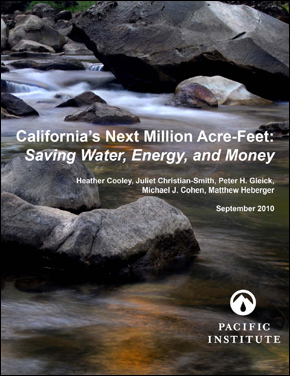
The efficiency improvements would cost money up front (as, of course, do all supply proposals); but they are all cost effective and pay for themselves over time — often very quickly. The report estimates that this next million acre-feet of water would require an upfront investment of less than $1.9 billion, costs that could be borne by a mix of state, federal, and local agencies and individuals — all at a small fraction of the cost of the proposed water bond. The cost of the conserved water is $185 per acre-foot for the agricultural sector and a net savings of $99 per acre-foot for the urban sector, over the lifetime of the efficiency improvement. This approach also conserves energy, saves money, and reduces the need for new water and energy projects.
In contrast, building a new dam at Temperance Flat would require a capital investment of $3.4 billion and provide only 158,000 acre-feet per year; the cost of this water would be $720 per acre-foot, and cost estimates are rising.
Early this year, I testified before the U.S. House of Representatives Subcommittee on Water and Power that “improving the efficiency of our water use is the cheapest, easiest, fastest, and least destructive way to meet California’s current and future water supply needs.” Previous Pacific Institute reports on urban and agricultural water efficiency provide a comprehensive statewide analysis that finds that existing, cost-effective technologies and policies can reduce current state demand for water by 6-8 million acre-feet, or around 20 percent.
The Pacific Institute’s newest analysis strongly recommends that water conservation and efficiency be a central — indeed the lead — component of any portfolio of solutions for California’s water problems, and it also offers specific strategies to help finance and implement them. Such strategies include financial incentives and rebates for water users, water pricing policies, metering, setting of statewide targets, and Extension Service education, among other things.
It is hard to make progress on water issues in California. But the best path forward is clear: investing in efficiency is a winning step for everyone. It is time for all of us — individuals, businesses, water districts, irrigators, and legislators — to move forward on this path.
Peter Gleick
Dr. Gleick’s blog posts are provided in cooperation with the SFGate. Previous posts can be found here.


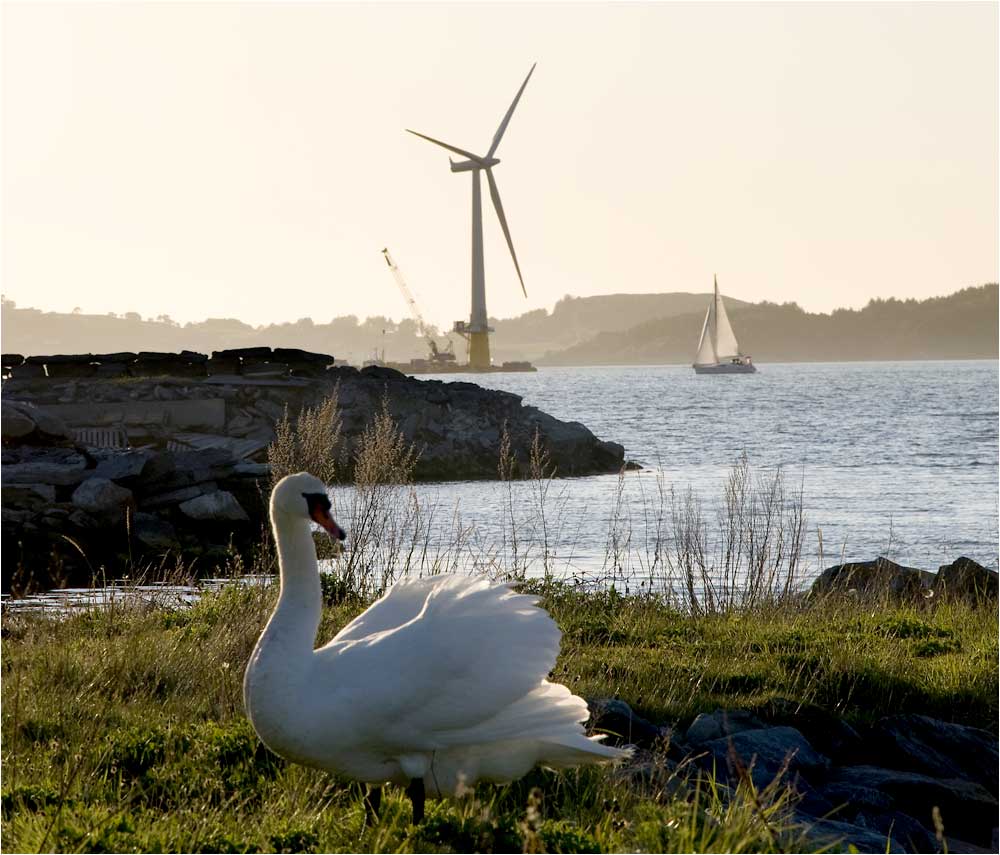
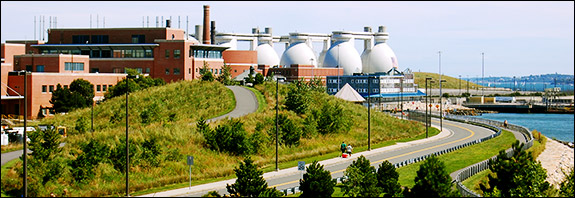





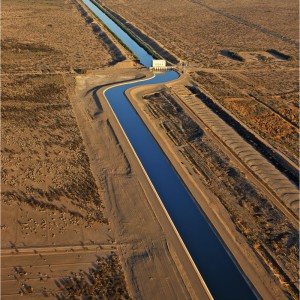
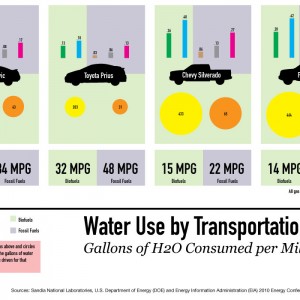
Leave a Reply
Want to join the discussion?Feel free to contribute!